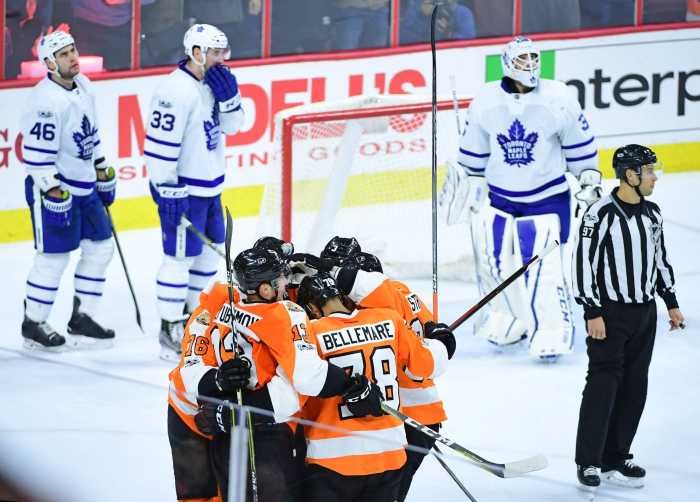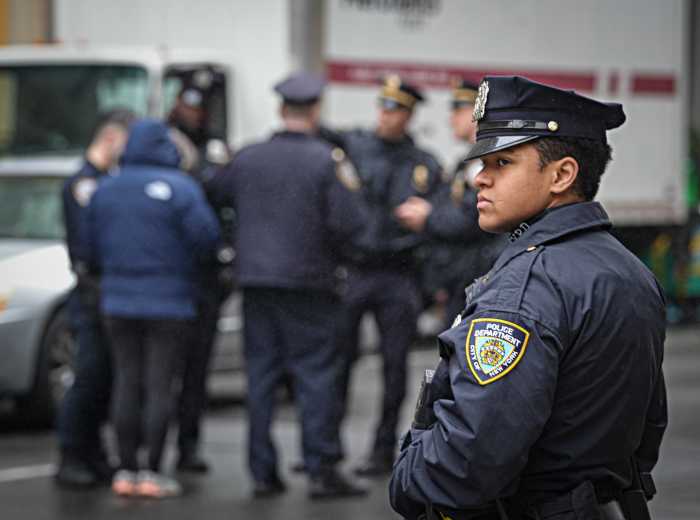The sky is blue. The grass is green. The Phillies have not been good this season. All obvious facts that don’t really need to be stated this late in June anymore. But, of course, we’re going to, because, well, we’re from Philly, and that seems to be what we do when one of the teams we root for is bad. Or really bad. Or historically bad. You probably get the point.
The Phillies have four games left in June, and 13 remaining until the unofficial first half of the season comes to an end with the All Star Game the second week of July. Those final 13 games include today’s finale in Arizona, two on the road against the Seattle Mariners, and then three, three-game home series against the Mets, Pirates and Padres before Pat Neshek gets a nice little bonus and shipped to Miami for the All-Star Game. (I really like Pat Neshek, if you haven’t been able to tell in my recent articles). Despite the worst record in baseball (24-50), there is actually a small silver lining to be taken away from this first half. In order for the Phillies to record the most loses in franchise history before the All Star Break, they’d have to lose all 13 of those games. The Phillies set that 62-lose mark in 2015, when they were 29-62 before the break.
That’s the good news. That is will be very unlikely that the Phillies lose 14 games in a row total to fall to that 63 lose threshold. In 2015, the Phillies played 91 games before the All Star break. This year, the team will have only played 87 games before the second half. Of course, that’s four less games played. Take the winning percentage of the Phillies now (.324) and the team is on pace for 28 wins before the break. That means they’ll go approximately 4-9 over the course of the final 13 games, leaving them with a 28-59 record. Even if you take the additional games into context, and do the math that way, saying that the Phillies will play 91 games (hypothetically) instead of the 87 games they’ll realistically play, you’ll get an average record of 30-61. It’s nothing to write home about, but it is a better record than the 2015 team had both in total wins and win percentage.
Of course, there’s no guarantee that the Phillies play 4-9 baseball over the next two weeks. They could catch a little fire and go 9-4. They could totally tank and go 1-12. There are absolutely no guarantees with this team, and more specifically, this team’s bullpen. But, if you want to be a stats nerd like I am, this is a telling statline for the trajectory of the remainder of the season.
The 2015 team avoided a 100 lose season, finishing 63-99 after going 24-37 in the second half. That still wasn’t a good half, but it was much improved from the first, as the team sported a .393 winning percentage. In order for the Phillies to play that kind of baseball for the remainder of the 2017, they’ll have to win 35 of the final 88 games, going 35-53. But that record would mean the Phillies would have a worse final record than the 2015 team, with projections sitting at 59-103. But again, that is if the Phillies play at the same winning percentage as the second half 2015 Phillies. It’s strange to see how percentages stretched over a long period of time can change outcomes.
But let’s assume that the Phillies continue to play at the .324 winning percentage clip that they’re currently on. Despite likely winning the same amount of games, give or take maybe one or two, in four less games played than in 2015, the Phillies would end up with a worse record than in 2015, meaning they’re set to lose at least 100 games this year. With that, the Phillies will have to win at least 39 games while losing just 49 for the remainder of the season to avoid losing 100 games in 2017. That means the team will have to play .443 baseball the rest of the season.
That’s going to be extremely difficult for this roster. So when somebody asks you, “It’s not really that bad, is it?”, you can easily respond with, “Yes. Yes it is really that bad.” It’s been a long 74 games. Buckle up, it’s about to be an even longer final 88.
Mandatory Credit: Mark J. Rebilas-USA TODAY Sports





























